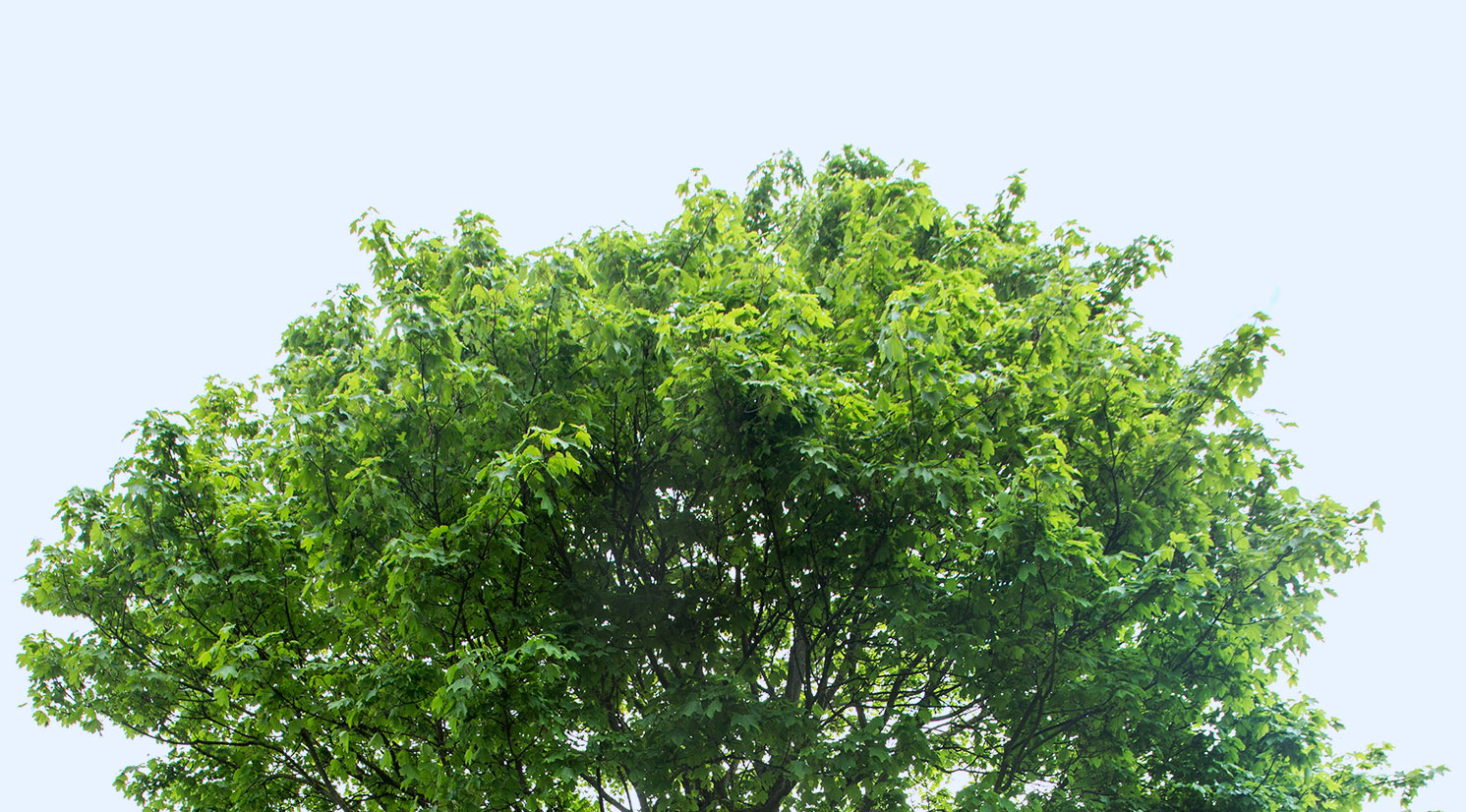By Shana Byrd, Director of Land Conservation
Can you imagine gently flowing grasslands as far as the eye could see? Many years ago, this was indeed the dominant ecosystem of much of the Midwest, with prairie grasslands covering 150 million of acres. This massive ecosystem was formed by the retreat of glaciers, creating ideal soil conditions. The open expanses were maintained over time through periodic animal grazing and fires that limited forest establishment and promoted grasses, herbs and occasionally fire resistant large oaks that dot these landscapes. Covering much of the central United States and parts of Canada, prairie also sprawled east, with pockets reaching into several Ohio counties. While Licking County’s original plant communities were mostly dominated by a mix of eastern deciduous forest, the state also had havens of forested wetlands, small open grasslands and occasional sphagnum peat bogs. Today, the majority of these unique habitats have been cleared or drained and may never again host the unique plant and wildlife species that depended on them. With this in mind, the few existing remnants of original habitat must be protected from encroachment and invasive species so they remain a legacy of the original landscape. As one of North America’s most endangered large ecosystems, these grasslands are worth preserving and where possible, restoration and habitat creation can also play a role in keeping their legacy alive.
Since many of original native ecosystems are permanently lost to development, seeking to create additional sites to support these species through creation of new prairie pockets can serve as living reminders of the past. The Dawes Arboretum displays a number of these unique habitats at The Red Barn Reserve, and in 2019, we embarked on the creation of a special prairie known as a savanna. These open groves of grass and giant old trees are few a far between now. The goal is to evoke a scene with a similar spirit. Over the years to come, the site will change dramatically. Originally forested, the land was then a farm field and afterward planted with many of the signature oak species known to survive periodic grassland fires in 2011. Over time, invasive shrubs formed a dense, smothering cover that inhibits the growth of the young oaks. To enhance this land and rescue the trees, the invasive shrubs will be cleared away and reduced to mulch. Any weedy re-sprouts will be removed to decrease competition and prepare the way. This conversion takes time, as the seed bank of invasive species must be exhausted before new native seeds can be planted and succeed. Over time, this once overrun field located just west of State Route 13 will take on a new life. The stifled oaks are being released, allowing them more sunlight and nutrients to thrive. At times, the newly cleared sites can look like progress is uncertain. Yet as the soil slowly improves, the oaks will take on new growth and healthy native grasslands will eventually take root. Watching this process of recovery takes some patience. Prairie ecosystems developed over tens of thousands of years. Seeing habitats heal takes some imagination too. However, one thing is for certain, this land will now serve a greater purpose as the years go by. With the benefit of time, patience and the help of Mother Nature, a serene view of rippling tall grasses and mighty native oaks will once again be held as a picture of a majestic past for our guests to appreciate and enjoy.

